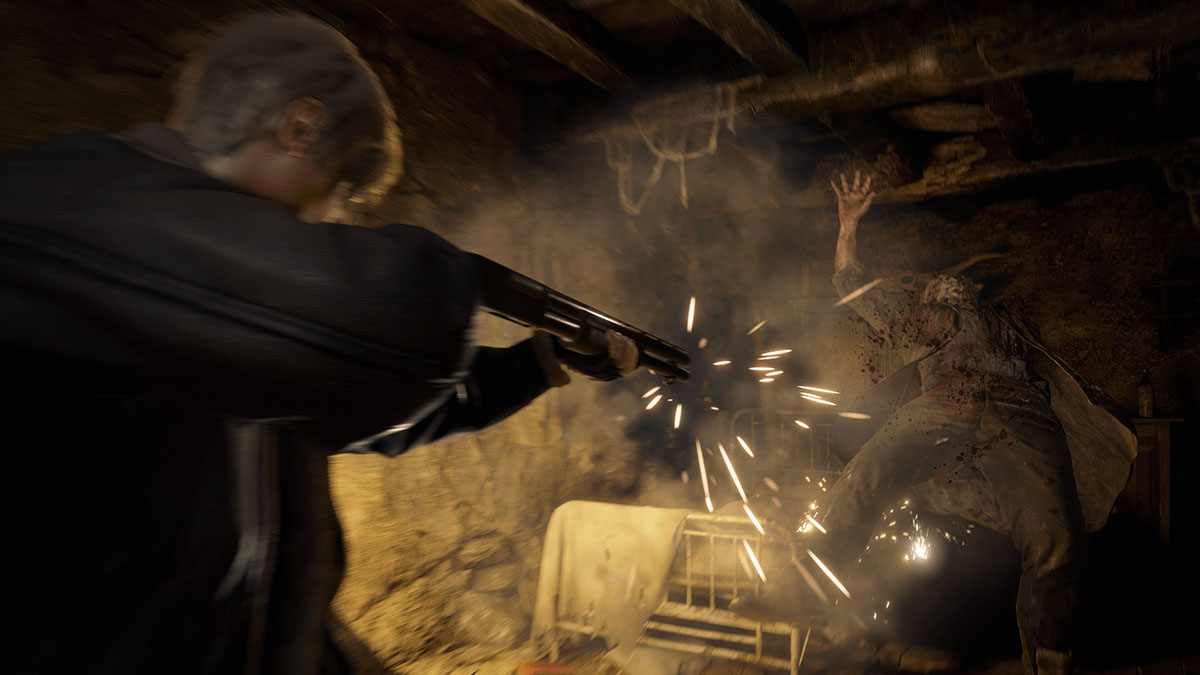Over three years after its initial release, The Walking Dead: Saints & Sinners remains one of my favorite VR games, holding its ground next to the likes of Half-Life: Alyx and Gran Turismo 7 VR. That’s why it was such a major disappointment when its long-awaited sequel, The Walking Dead: Saints & Sinners – Chapter 2: Retribution, was released as a Meta Quest 2 exclusive back in December. It came with a slurry of bugs and performance issues that left such a middling taste in my mouth that I genuinely wondered whether it was even intended as a sequel to begin with, especially given the lack of a proper PC VR version at the time. Fast forward three months and we now have a PC re-release, plus a PlayStation VR2 version that visually blows everything about the original Quest 2 release out of the water. It’s still not quite as polished as Chapter 1, and its ideas are safer than I would’ve hoped for a full-blown sequel, but its increased action is far tenser with the horsepower to sustain it.
Assuming you’ve heard absolutely nothing about The Walking Dead: Saints & Sinners or its sequel, it’s basically a VR roleplaying game that uses a mishmash of survival horror elements to propel its branching storyline. This formula usually does a good job of adding tension to its action and exploration. In my own playthrough of the 2020 breakout hit, I got involved in complex faction politics between all the looting and surviving, but through my choices, I influenced my own personal stakes in a post-apocalyptic New Orleans. Chapter 2 seems to mostly do away with these kinds of choices across its 12-or-so-hour campaign, disappointingly railroading me into a set path, but featuring way more opportunities for combat to try and make up for it. Moreover, it expected me to know the original’s story pretty well, doing the absolute minimum to bring me up to current events.
Story aside, there’s nothing I love more than darkness in a survival horror VR game, where a swarm of flesh-eating monsters can potentially creep into view and outnumber me at any moment. So it’s great to see that the PlayStation VR2’s HDR OLED panels display dark scenes with such accuracy that playing Chapter 2: Retribution on this headset is – quite literally – a night-and-day difference from playing on a Quest 2. True blacks breathe life into Chapter 2’s biggest new addition over the original: night missions. Crawling around the dilapidated Rampart High School at night was once more annoying than it was spooky, but on the PS VR2, it’s downright terrifying.
It’s such a big difference that I found myself actually enjoying Chapter 2: Retribution’s story, though still not for its lackluster characters like the overly-talkative Pawn King and the single-minded group of ragtag rebels you’re basically expected to team up with. The original worked so well because its sparse interactions with NPC characters blended into a story about a vulnerable lone survivor making their way and defining themselves through their own actions, but there really isn’t the same sort of leeway here for subtlety in Chapter 2. I found myself disappointingly locked into a linear series of events where I absolutely must face retribution for deeds I might not have even chosen to do if I didn’t play the original and that I didn’t even really remember doing when I played it back in 2020. Its momentum can be jarring at times, especially given how little time we’re given to connect with the decently-voiced but boringly one-note characters, but if you prefer action combat over dialogue, there’s plenty here to enjoy.
Chapter 2’s hectic new weapons like the Chainsaw and the Sawed-Off Shotgun come in clutch during the aforementioned night missions, where Retribution’s biggest payoffs await. Loot is wildly better at night when I’m brave enough to seek it out, but walkers are more aggressive and far more numerous, leading to unintentionally climactic showdowns between myself and the ravenous horde. These intense walker battles only showed a promising start on the Quest 2 – but thanks to the thicker guts of the PS5, these skirmishes finally came to life in frightening detail on the PlayStation VR2, where a much larger number of enemies could spawn on the same map. I often needed to sneak through, redirect, or fend off entire swarms of walkers, forcing me to make intelligent use of all the tools in my arsenal. Mixed with the haptic feedback of the Sense controllers and the 3D audio in my Pulse headphones, the whole experience was way more coherent on the PS VR2 than I remember it being when I played it just three months ago on the Meta Quest 2.
There isn’t too much new content here, given that only a handful of the 12 zones are new at all. Most of the time you’ll just be wandering around in the original world to scavenge for loot and complete quests. But thanks to performance improvements, human AI is once again as vicious and tactical as I remember it being in the original, leading to unexpected scenarios between myself, hostile humans, and prowling walkers. And with the added difficulty comes a reason to approach situations with more nuance. For instance, I can focus my fire on a single human, killing them in a way that allows them to turn – creating a distraction behind enemy lines as I close the gap between myself and my opponents. These dynamic situations are way more interesting than the forced setup with axe-wielding secondary antagonist Gerrick, who notably looks a bit creepier with increased details that finally indicate what that weird red stuff hanging around his neck in the Quest 2 version was. Spoiler alert: it’s walker entrails. It was always walker entrails.
It’s even more satisfying to return to my home camp with a fresh load of loot after a day’s adventure, and this time around, I’m not worried about breaking anything if I choose to decorate my abode with loose items. Collecting items and dropping them into your recycling bin allows you to level up your crafting stations, making you more powerful and better equipped to head back out the next day, and despite the addition of two new crafting stations that introduce interesting new items like the Sap Gloves, Laser Sights, and the SMG, this loop is pretty much unchanged from the original. That said, the story itself still isn’t quite as intricate, often sending me on fetch quests where I fight the same type of enemies over and over again. You’ll spin those wheels as things heat up between you and the main antagonist, who’s loomed over your time in New Orleans since the first chapter.
Framerates are at least way more consistent now, allowing the action to run smoothly at what appears to be 90hz with no reprojections. Unfortunately, there are still a frustrating number of glitches that likely stem from this aging corpse of a game engine. To be clear: I ran into several experience-ruining bugs on the PS VR2 which likely had nothing to do with the hardware itself, and the two biggest offenders were significantly worse than many of the problems I ran into when I reviewed the Quest 2 version last year. About five hours into my PS VR2 playthrough, a quest completely stopped updating with new progress, forcing me to scrap my save altogether and start anew. Later on, during my new playthrough, I ended up in a situation where I was hindered from finishing a quest because a group of enemy humans cheap-shotted me and camped out by my corpse, seeing and shooting me through walls and floorboards and rendering me unable to retrieve to my weapons, which I couldn’t survive without.

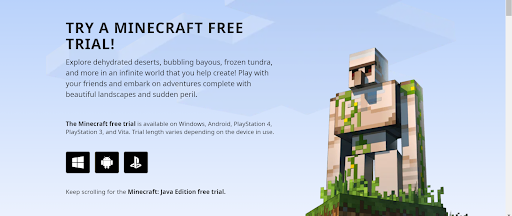




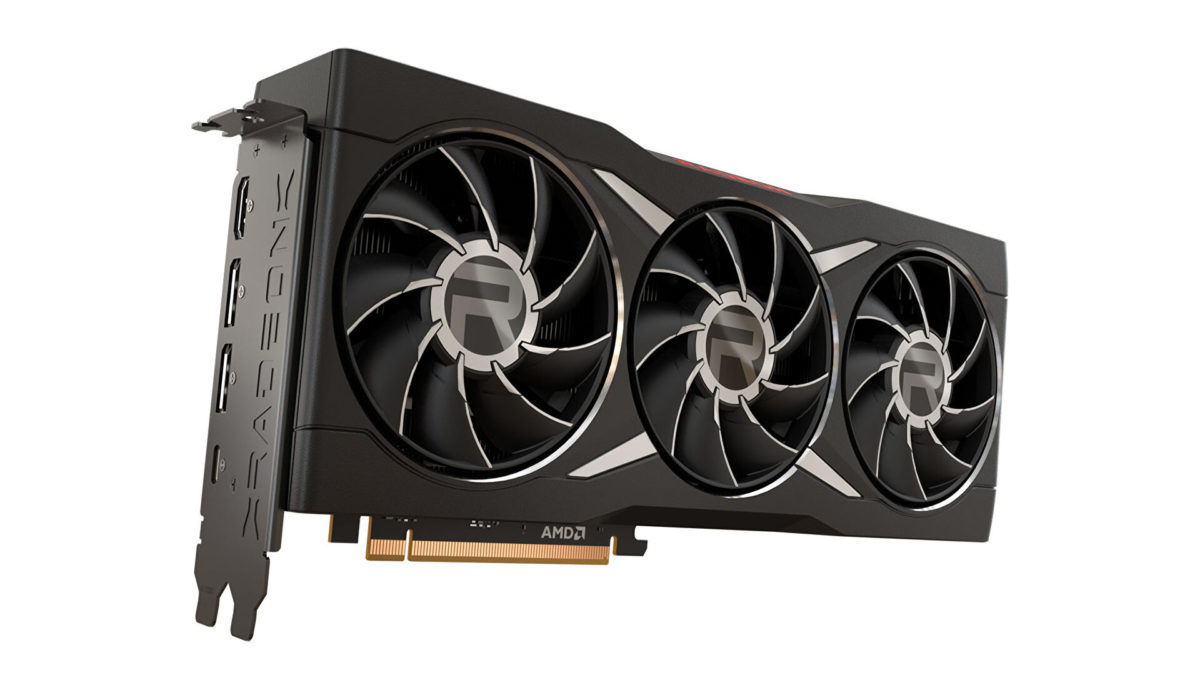
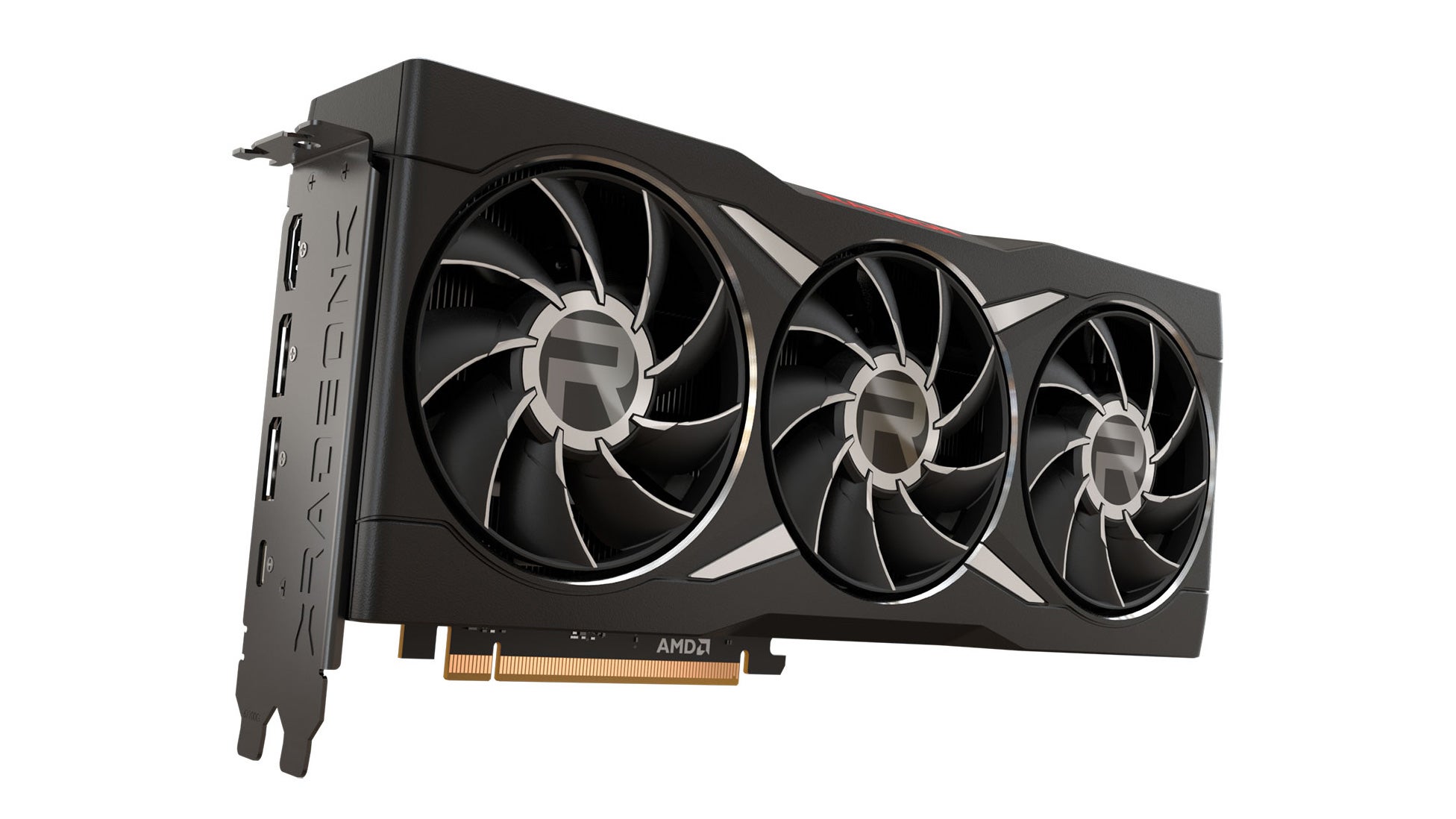 Read more
Read more
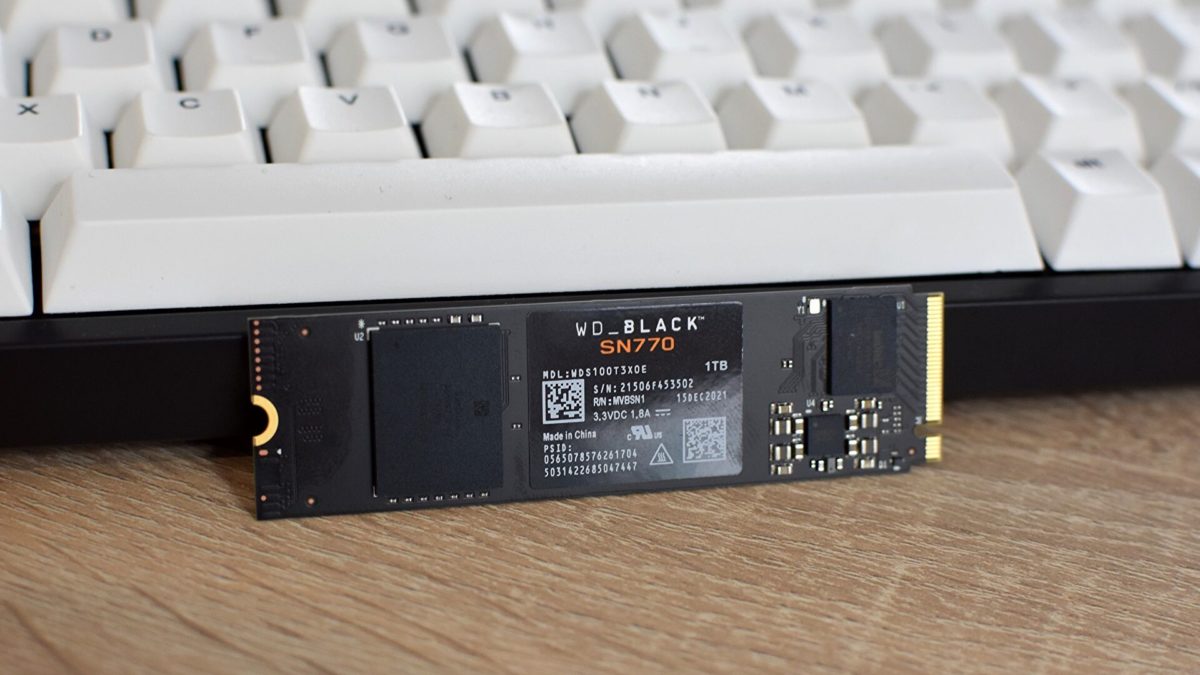
 Read more
Read more
